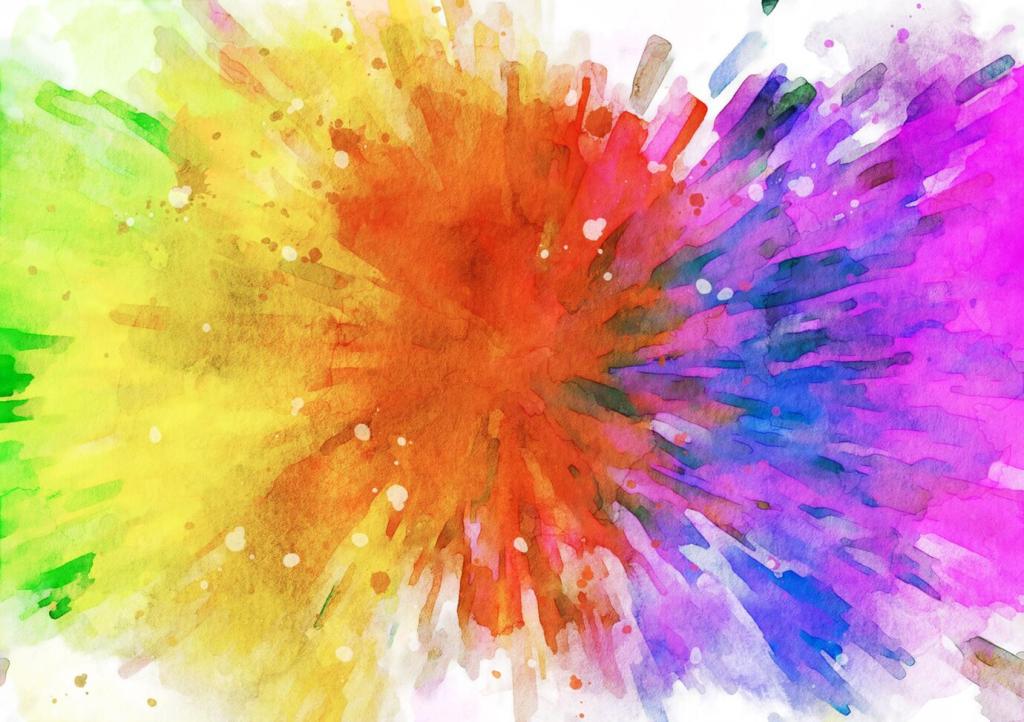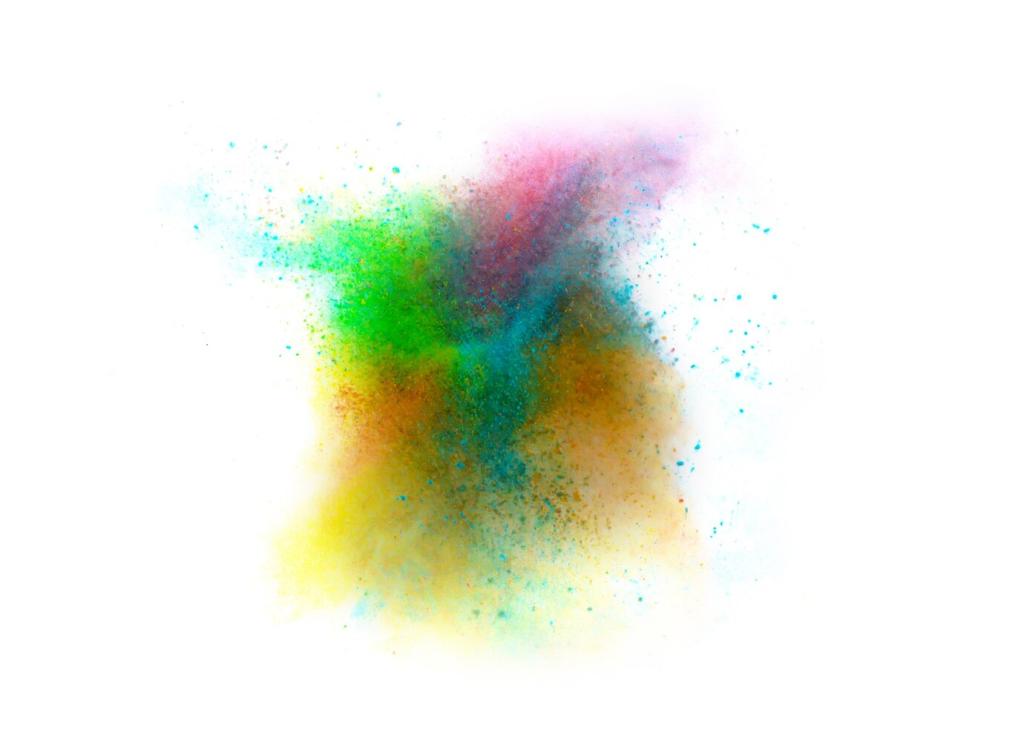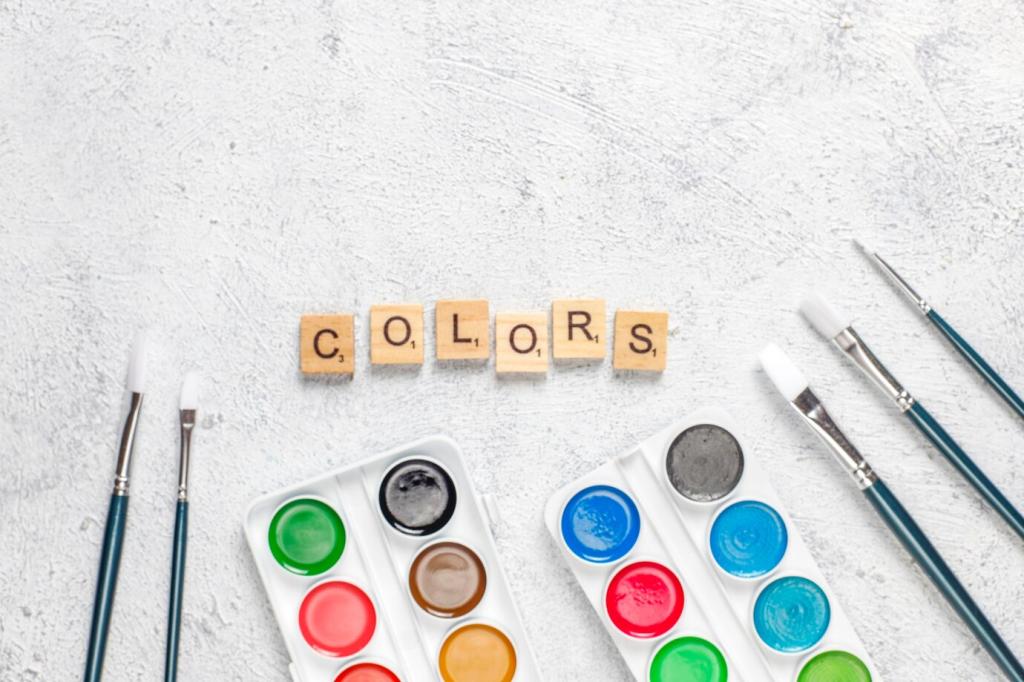Light Changes Color: Plan for Day and Night
North light favors cooler perceptions; south light warms everything. A blue-gray desk in southern exposure reads balanced, while the same hue can feel chilly facing north. Track your room’s daylight for a week, then pick colors that stay steady.
Light Changes Color: Plan for Day and Night
Under 4000K, colors skew warmer and cozier; around 4000–5000K, hues appear cleaner for task work. Choose furniture colors that neither glare nor dull under your bulbs. Comment with your bulb temperature and which palette feels most accurate.



